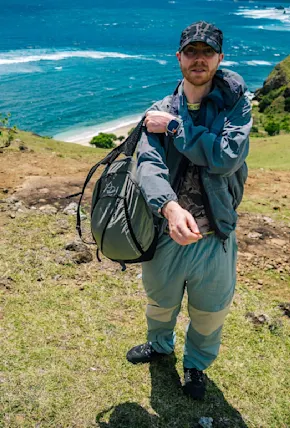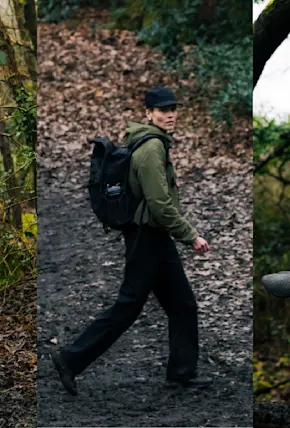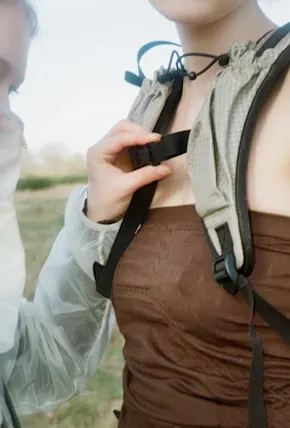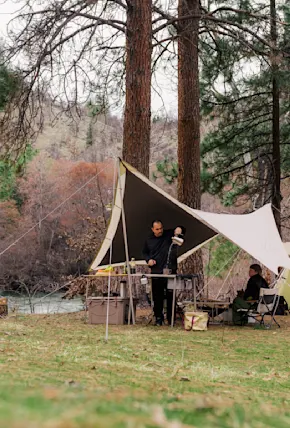Some companies trace their origins back to garages and basements, others to boardrooms. For Outdoor Research of Seattle, WA, it's somewhere around 12,500 feet up the side of Denali, North America's tallest mountain. That's where, in 1980, Ron Gregg, an avid outdoors lover and engineer with a PhD in nuclear physics, watched as his climbing partner was carried off in an airlift after suffering severe frostbite, putting an end to a summit bid they'd been planning for months. Gregg stayed back to ski the 100-mile route out solo, pick up supplies they'd cached on the way in, and, as legend has it, make plans for the company that would become Outdoor Research.
In this era, the outdoor industry was not yet overflowing with gear for any and all specialized needs or functions. That expedition-ending frostbite was the result of shoddy overboots, and when Gregg returned home he began working on a pair of gaiters that fit a wider variety of boots and secured with a cord underneath the instep. He dubbed it the X-Gaiter, and with an ad that cheekily read, "There's really no reason for wet feet or cold toes," Outdoor Research was on the scene.
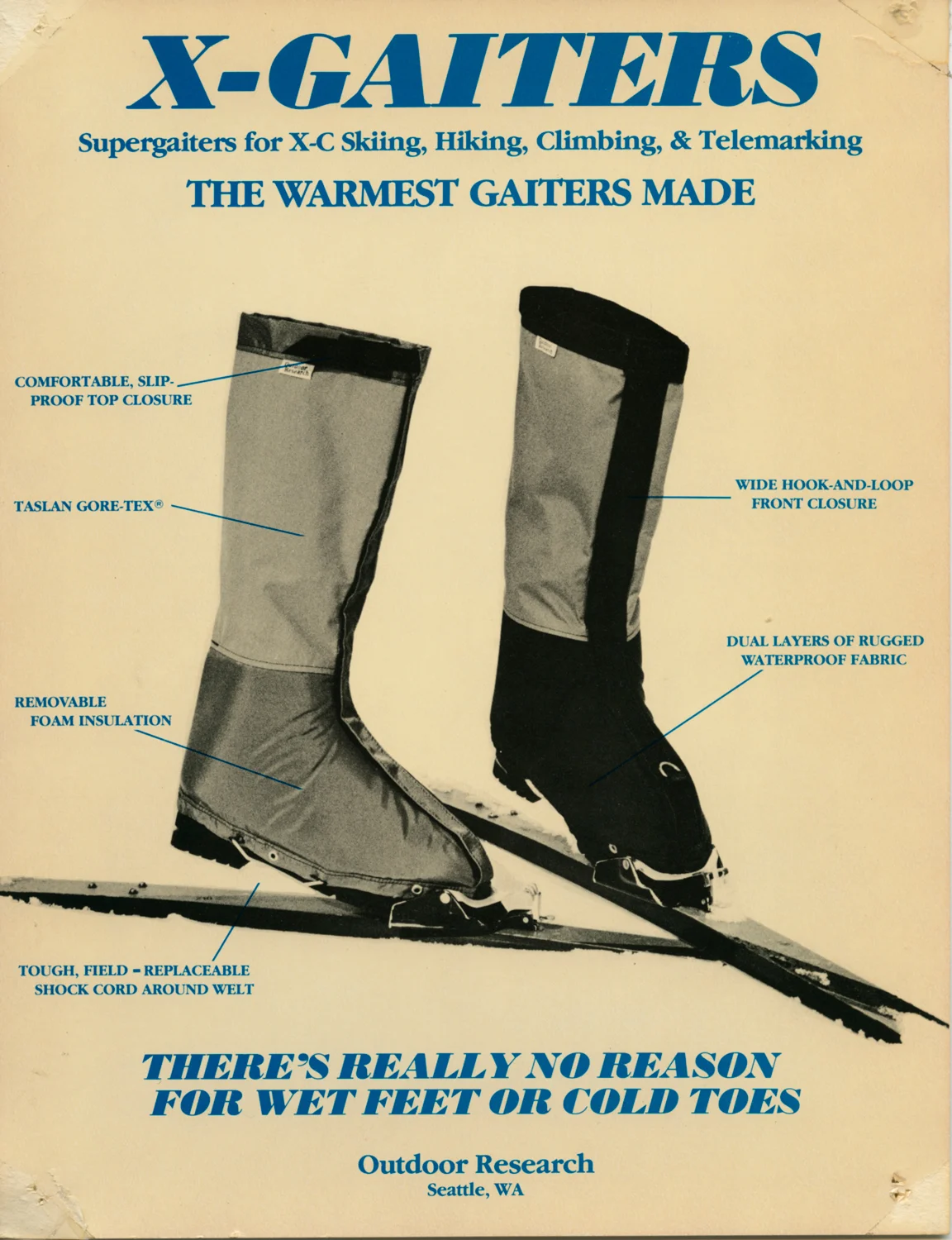
Gregg may have left his scientific profession behind with the pivot to brand founder, but he brought the methods of that work to his small gear company (hence the R in OR). He'd identify a problem, make something to fix it, and then spend time in the field testing the thing he made to make sure it worked in the extreme conditions he liked to put himself in. That's how Outdoor Research came to its second product, cloth first-aid kits for backpackers with pockets for organization (which were picked up and quickly sold out by REI).
The research-driven method helped create a number of items that have grown to iconic status in the outdoor gear world, now four decades later—you can't talk about Outdoor Research without bringing up the Seattle Sombrero (now called the Seattle Rain Hat). The Pacific Northwest is well known for being a damp corner of the country, and Gregg, who wore glasses, was constantly frustrated by fogging when he had to wear a hood. So he used Gore-Tex to make a wide-brim rain hat, and it turned into OR's best-selling product.











